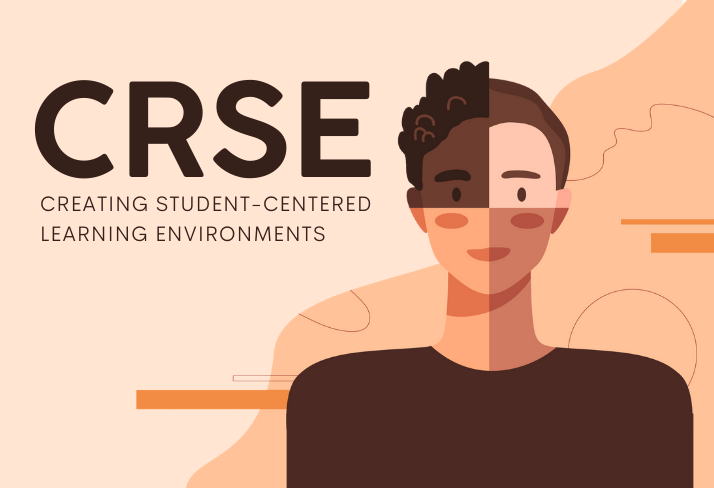|
Simple strategies for imagining an equitable education that benefits all students.
Equity in schools, or a lack thereof, was a problem long before the pandemic began. However, the challenges caused by school closures and remote learning exacerbated the lack of support for minority, special needs, and low-income students, as well as language learners. As we imagine a more holistic, equitable approach to education, we must consider a version of education that addresses students’ academic, social, and emotional needs.
Equity is crucial, especially in times of crisis.
Promising practices for promoting equity
Too often, the terms equity and equality are used interchangeably. While equality means treating every student the same, equity means making sure every student has the support they need to be successful. Simply put, equity in education requires putting systems in place to ensure that every child has an equal chance for success. As President Obama said in his inaugural address, "We are true to our creed when a little girl born into the bleakest poverty knows that she has the same chance to succeed as anybody else."
We have an opportunity and an obligation to provide equitable systems that foster success for all, not just success for some. To assist and explain the process, the University of Southern California (USC) School of Education proposes seven effective ways to promote equity in education. Let’s examine what these suggestions can look like in practice.
In addition to the strategies offered above, we can promote equity in our classrooms by recognizing that all learning is a social and emotional experience. We have all endured collective trauma over the past few years, in addition to the personal losses we’ve experienced. Many students (and teachers) are still finding their way back to their learning.
We may not yet have all the answers for how to address students’ academic and emotional needs in an equitable way, even as we return to the familiar environment of our classrooms. But we do have the opportunity to do more, better! |
|
The Center for Professional Education of Teachers (CPET) at Teachers College, Columbia University is committed to making excellent and equitable education accessible worldwide. CPET unites theory and practice to promote transformational change. We design innovative projects, cultivate sustainable partnerships, and conduct research through direct and online services to youth and educators. Grounded in adult learning theories, our six core principles structure our customized approach and expand the capacities of educators around the world.
|
ABOUT US
525 West 120th Street, Box 182 New York, NY 10027 416 Zankel Ph: (212) 678-3161 [email protected] Our Team Career Opportunities |
RESOURCES
Professional Articles Ready-to-Use Resources Teaching Today Podcast Upcoming PD Opportunities |
COACHING SERVICES
Custom Coaching Global Learning Alliance Literacy Unbound New Teacher Network Student Press Initiative |


























